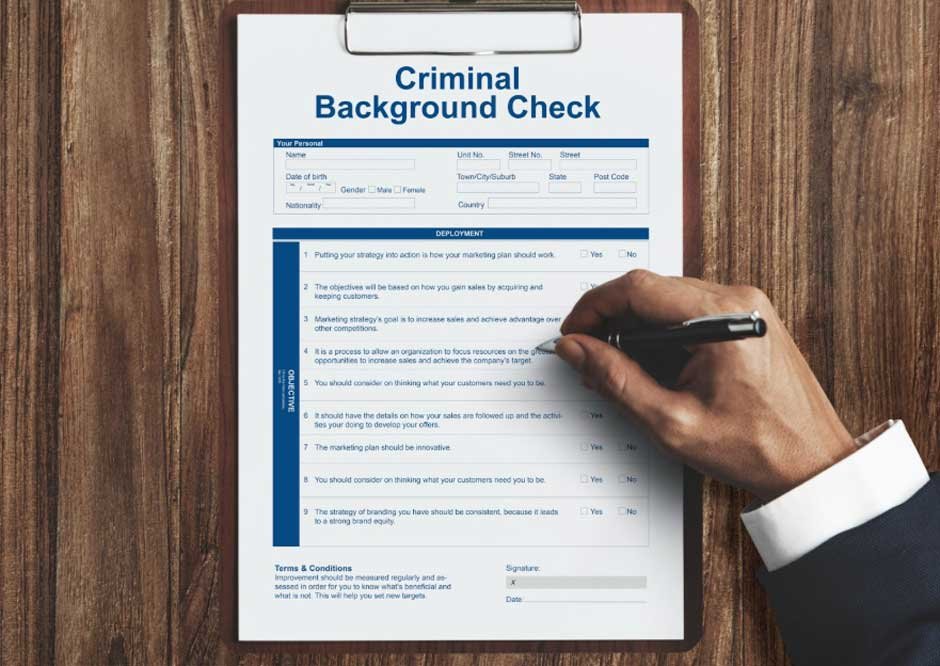Legal teams have found crime impact statements to be able to explain in detail the significant impacts the crime has on the members of the community and victims so that courts can understand the emotional, financial and psychological pain that a crime causes. These comments ensure that people directly affected, through giving them a voice, ensure that their experiences contribute to the implementation of the case and realisation of sentences. They promote a more thorough and human-centred method for addressing justice by offering a personal viewpoint. Lawyers frequently use Crime Impact Statement Design For Security, which guarantees that confidential data is safeguarded and laid out understandably, to effectively convey these narratives. Impact statements used properly can result in more equitable and compassionate court decisions.
Making the Victim Human
Humanising a victim’s story is one of the most important purposes of a crime impact statement. Legal groups are aware that data, evidence, and prison contentions, without their aid, might not always correctly portray the complete scope of a criminal offence’s repercussions. A criminal impact statement enables the courtroom to view the victim as more than a mere call in a file, but as an actual individual with emotions, goals, and relationships. Legal teams ensure that the victim’s humanity is stored front and centre throughout the whole process with the aid of handing over these extremely private memories, which inspires judges and juries to give the case more careful interest.
Educating Judges on Sentencing
When deciding on punishments, judges regularly use judicial precedents and standards. Crime effect statements, alternatively, provide extra historical records that may have an effect on the final choice. These declarations, which can be presented by way of law groups, assist judges in understanding the mental and emotional harm that the sufferer and their own family have suffered. Depending on the volume of the injury, these statistics might also aid in harsher or more lenient penalties. Victims have the legal right to provide these comments before punishment in many places.
Emphasising Persistent Trauma
Crime impact declarations are used by legal teams to show the long-term suffering a crime produces in addition to the immediate damage. Long after the incident, many victims suffer from anxiety, sadness, or post-traumatic stress Disorder. Legal professionals can make a stronger case for suitable protection orders, assistance measures, or longer sentences that take into account the victim’s continuous challenges by explicitly stating these persistent struggles.
Increasing the Power of Restitution Claims
Compensation claims may be greatly aided by a crime impact statement. Victims frequently have to pay for rehabilitation medical care lost wages or property damage. In these declarations legal teams provide thorough explanations to support their demands for monetary damages from the perpetrator. Lawyers present a strong argument for monetary compensation by relating the emotional story to concrete damages.
Improving Jury Knowledge
Although judges are expected to base their choices on the facts they are also people and their feelings and compassion may have an impact. Crime impact statements are a tactical tool used by legal teams to help jurors understand every aspect of a crime. A sincere remark can help jurors comprehend the seriousness of the offence and take that into account when they are deliberating by elucidating how the crime has disrupted the life of the victim.
Assisting in Hearings for Parole
Legal departments frequently review crime impact statements to argue against early release when prisoners are eligible for parole. The declarations serve as a reminder to parole boards of the victims’ initial injuries and continued suffering. In order to protect the victim’s safety and peace of mind, the board may decide to refuse or postpone release if recent statements demonstrate that the victim is still impacted.
Encouragement of Victim Empowerment
Victims of criminal trials frequently feel helpless and unheard. Crime impact declarations are utilised by criminal professionals to provide victims a proper voice and empower them. Speaking up may be a therapeutic system that offers victims control in their lives. Victims’ revelations are confirmed, and it’s miles reaffirmed that their suffering is thought of and taken seriously while their comments are addressed in court.
Offering Emotional Resolution
Crime impact statements can offer victims and their families mental closure in addition to the prison sentence. Legal groups encourage victims to overtly express their emotions due to the fact that they recognise its healing importance. Having the opportunity to talk at once to the court and the crook can help victims begin their recovery process, no matter what occurs.
Final Words
Crime impact statements operate as a link between victims’ personal memories and impersonal legal facts. At least a dozen potent ways exist for legal teams to use them: to highlight trauma, humanize victims, notify sentencing, strengthen restitution, assist juries, support parole hearings, empower victims, offer closure, show the impact on the neighborhood, inform recovery, advocate for policy changes, and support appellate proceedings.
